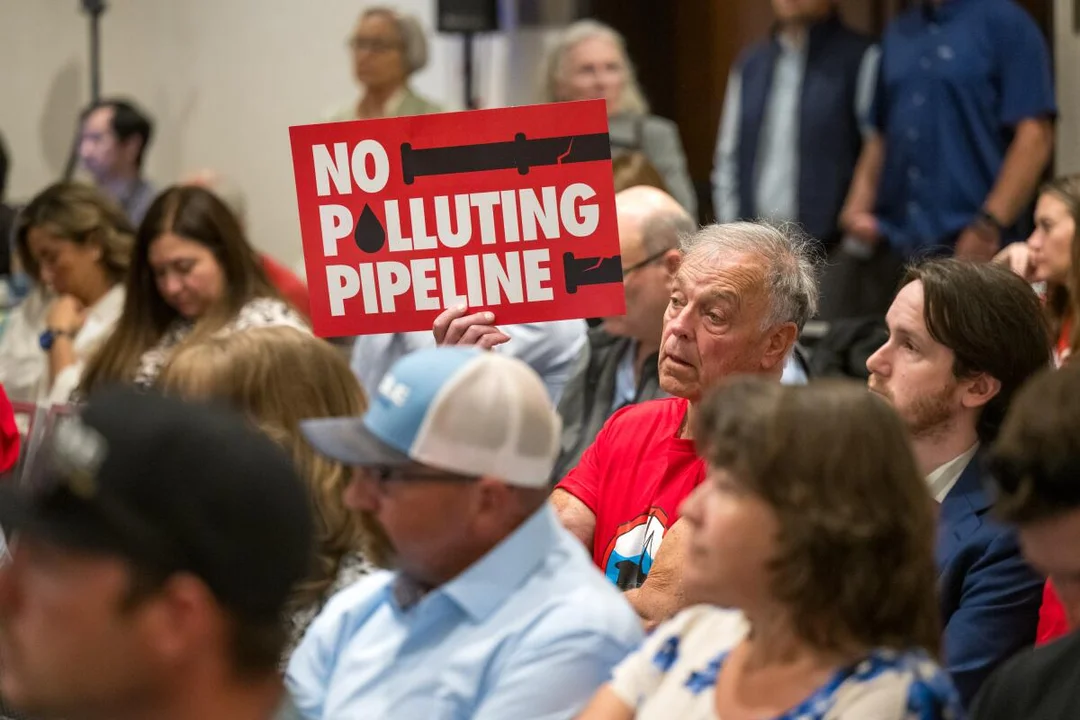
Record $18 Million Fine Levied on Texas Oil Company for Illegal California Pipeline Work
The California coast has once again become the front line in the national clash between fossil fuel development and environmental protection. In a precedent-setting decision, the California Coastal Commission has fined Texas-based Sable Offshore Corp. a record $18 million for unpermitted repairs and upgrades on oil pipelines along the sensitive Gaviota Coast, just northwest of Santa Barbara. The ruling, following hours of impassioned public testimony, underscores California’s resolve to defend its coastline—even as federal policies push for expanded domestic oil and gas production.

Sable’s pipeline network, central to an ambitious plan to resurrect the dormant Santa Ynez Unit offshore rigs, was notorious for the catastrophic 2015 Refugio oil spill that sent more than 100,000 gallons of crude gushing onto beaches and into the ocean. The pipelines, now owned by Sable after acquisition from ExxonMobil, run through state waters—bringing the project under the Coastal Commission’s strict jurisdiction. The commission asserts that Sable began substantial construction on the corroded infrastructure, including excavation and the placement of cement bags on the seafloor, without obtaining updated state permits or conducting mandatory environmental reviews.
The ruling included not only the hefty fine but also an immediate halt to all pipeline development and restoration orders for affected lands. “The Coastal Act is the law, the law ... put in place by a vote of the people,” insisted Commissioner Meaghan Harmon. Her pointed rebuke—“Sable’s refusal, in a very real sense, is a subversion of the will of the people of California”—summarized environmentalists’ outrage and the commission’s determination.

The public debate was impassioned and multigenerational. Hundreds of residents—many donning “Don’t Enable Sable” shirts—packed the hearing. Santa Barbara Middle School students, some as young as fourteen, spoke out: “None of us should be here right now—we should all be at school, but we are here because we care,” said ninth-grader Ethan Maday. Long-time residents recalled the trauma of oil disasters past, including the 1969 blowout that catalyzed the national environmental movement and inspired Earth Day.
Opponents, including Sable executives and local contractors, countered with arguments for economic revival and improved safety. Vice President Steve Rusch claimed the company acted within its rights, using original permits from the 1980s, and decried what he called an “arbitrary permitting process.” Supporters insisted the upgrades would make the pipelines more reliable than ever, emphasizing the benefits to local economies and jobs if production resumes.
The commission, however, found Sable’s work far exceeded routine maintenance. New environmental threats were evident: construction reportedly occurred during sensitive breeding seasons, risking harm to protected species like steelhead salmon and red-legged frogs. Lawmakers and scientists warned of the devastating risk of another spill. “This is the first time in the agency's history that we have had a party blatantly ignore a cease and desist order like this,” stated commission deputy director Cassidy Teufel.

For now, the conflict is likely headed to court, where the limits of state and federal oversight will be further tested. Beyond the legal drama, the commission’s action stands as a powerful assertion of California’s authority to police its coastal environment—potentially setting precedents for future oil and gas projects nationwide.
California’s battles over energy and environment echo long-standing tensions between public will, regulatory oversight, and industry ambitions. As Santa Barbara’s youth and elders alike united in their call for vigilance, one fundamental question lingers: can economic gain ever outweigh the priceless value of a protected coast?
What’s your perspective—should California stand firm or make room for compromise? Share your thoughts and join the ongoing debate in the comments below.